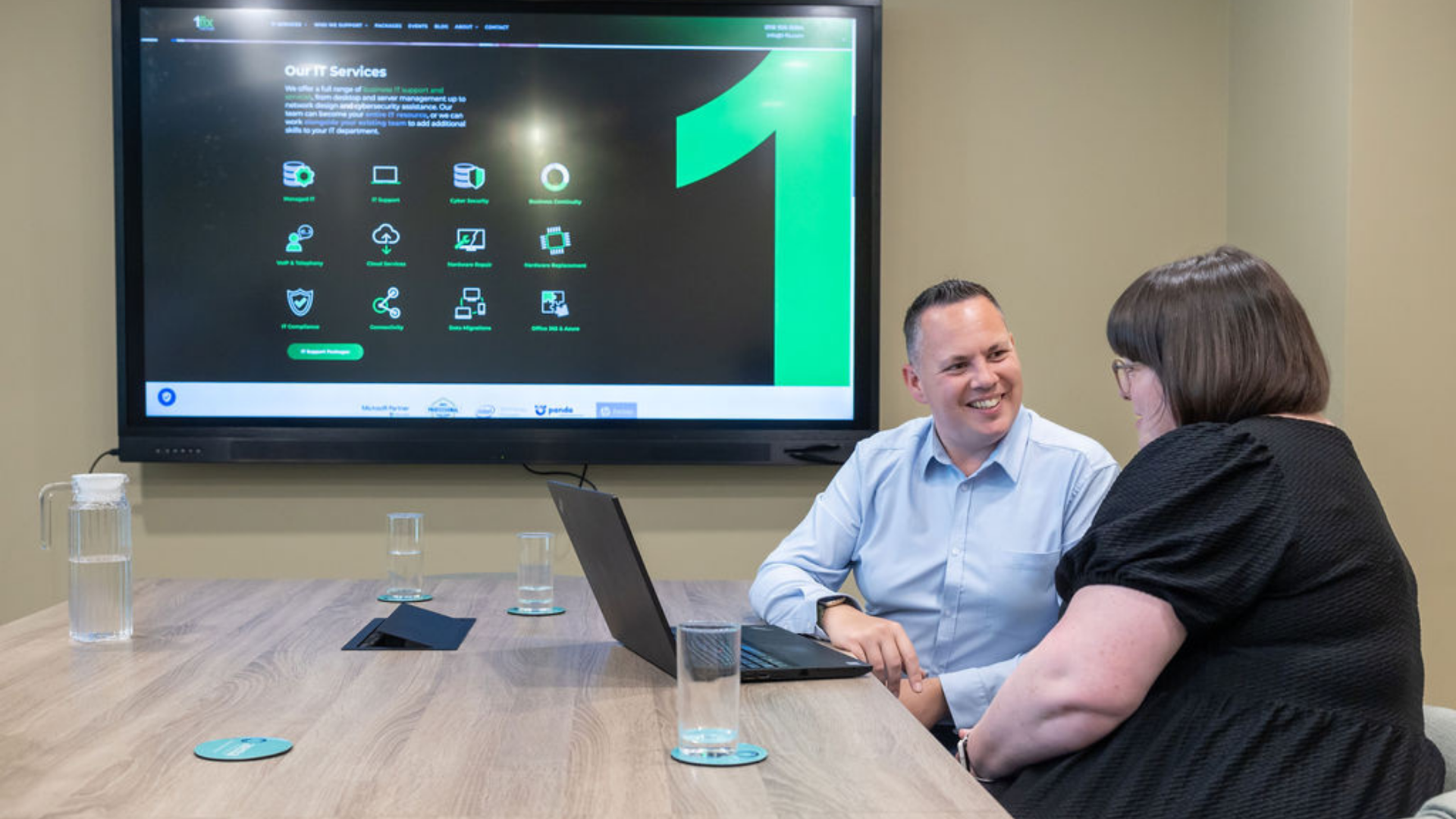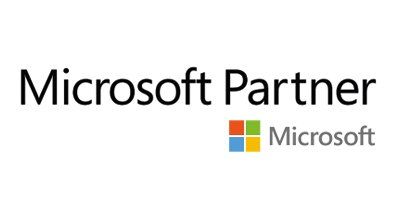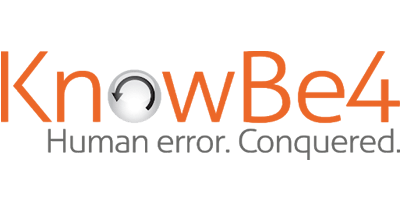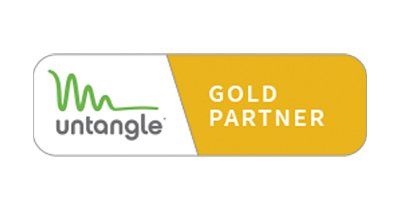How a simple email can turn your business upside down
Craig Atkins • March 24, 2020
This is a subtitle for your new post
Around 1 in every 99 emails is a dangerous phishing attack.
Unquestionably, phishing is one of the most common and perilous cybercrimes out there.
So what exactly is it?
How often do you receive an email that looks genuine but has a very questionable email address? Phishing is one endeavour by which hackers persuade you to open a specific attachment on an email or click on a link that leads to downloading some sort of malware software on your system. Or this could also lead to the system getting frozen owing to a ransomware attack. Not to forget, phishing could also lead to a data breach.
The multiple phishing techniques
As internet users, you would be expected to be mindful of the phishing techniques in order to protect yourself. There are essentially two methods that are commonly used.
- Email phishing
This is the most popular and most convenient form of phishing. It starts with the attacker sending out counterfeit emails to thousands of email users. If even a very small percentage of this crowd actually click on the malevolent link, the attacker can make a lot of money out of this venture.
They put in a lot of effort to design the website in a way such that it looks real and authentic. They do this by making use of authentic logos, signatures, company information and the likes. All of this makes the email body more appealing and encourages you to click.
- Spear phishing
This is a more personalised form of phishing where the mischievous activities are targeted towards a particular individual or an organisation. This would require in-depth knowledge about the organisation or the individual.
For instance, the attacker might research and get the email addresses of a number of employees in a distinct company. The email is sent out to all of them posing as one of the directors of the organisation, sending across a protected document. This document would require the user’s credentials to unlock it. In this manner, the hacker gets access to the user’s safeguarded information.
What to look out for in your mailbox
There are numerous small steps and checks you can follow in order to get rid of phishing activities.
Genuine looking emails often come with a dubious URL or domain. The fake links might differ from the original in spelling or punctuation. It’s best to check the link address before clicking on it.
Be wary of offers in your mailbox that are too good to be true. These might be the attempts to phish data.
When you get threatening emails for a system shut down or an account lockdown with unwarranted urgency, it would be best to authenticate the email first.
Unanticipated attachments should always be checked for before opening
Phishing emails are usually filled with poor spelling and incorrect grammar. This is another factor to consider to protect yourself from phishing activities.
Don’t take any chances, stay vigilant, and protect your data!
We’re 1-fix, we can help you secure your business
At 1-fix, we take a realistic approach to technology – ensuring our client’s systems are best protected.
If you have any concerns, questions or simply want to explore how to better secure your business, please do get in touch with the team for a FREE demonstration, consultation to explore how exposed your business might be and identify actions to take.
To book a consultation or to arrange a further discussion, please get in touch.
Join Our Mailing List
All sign-ups are handled inline with our privacy policy and can unsubscribe at any time.






















